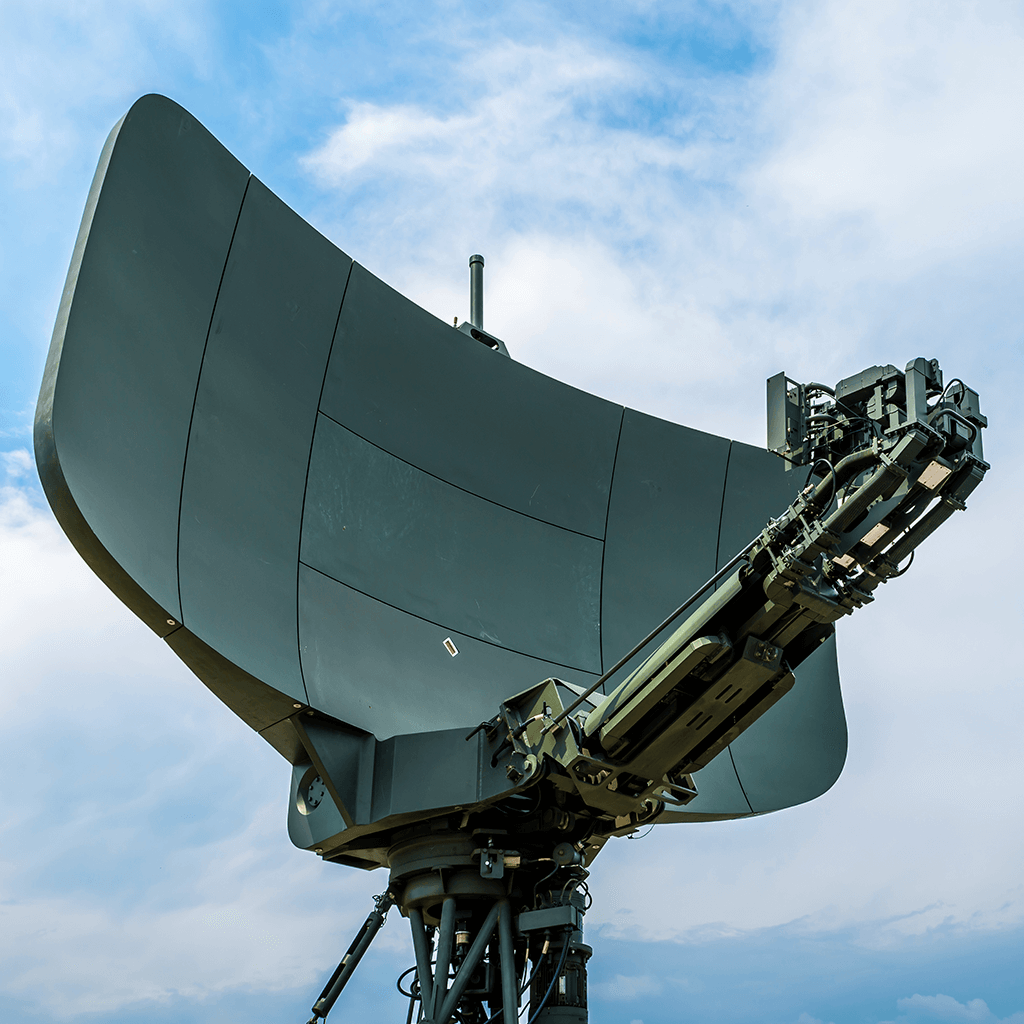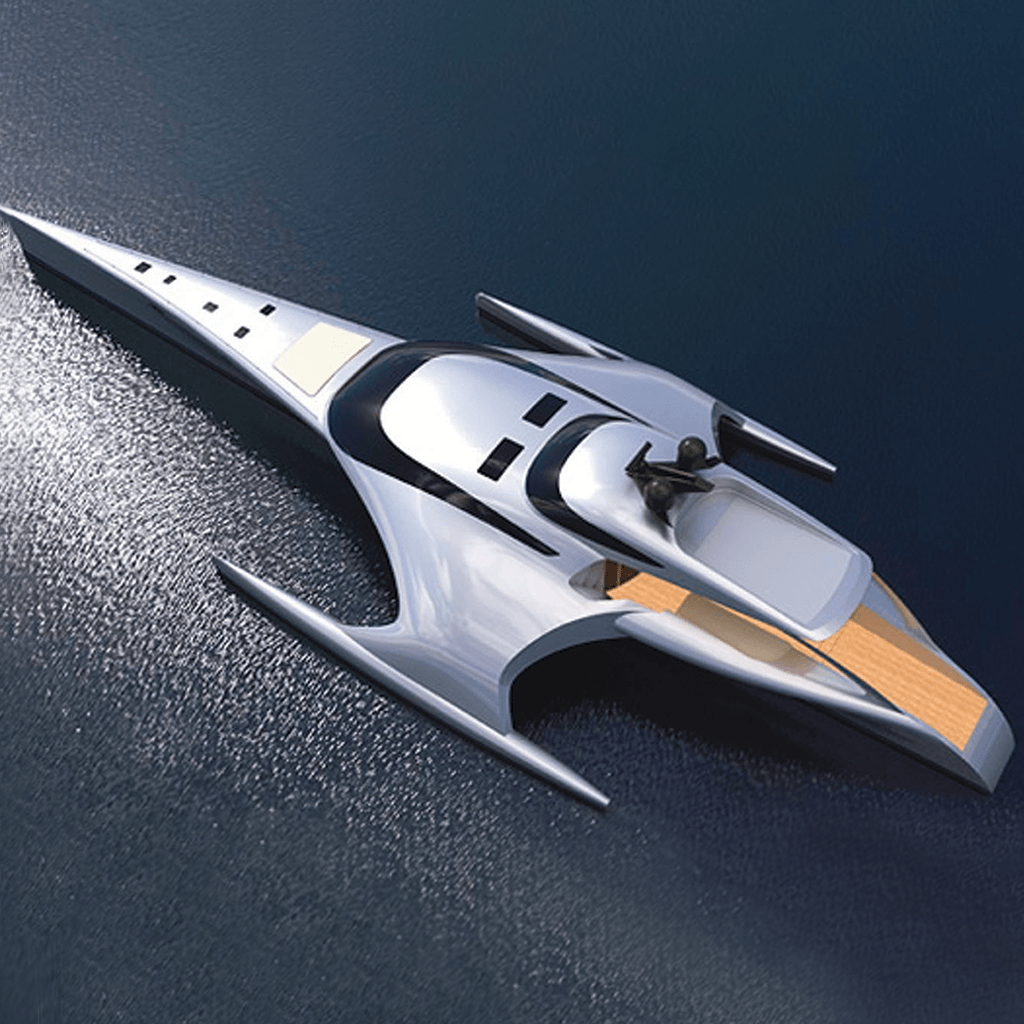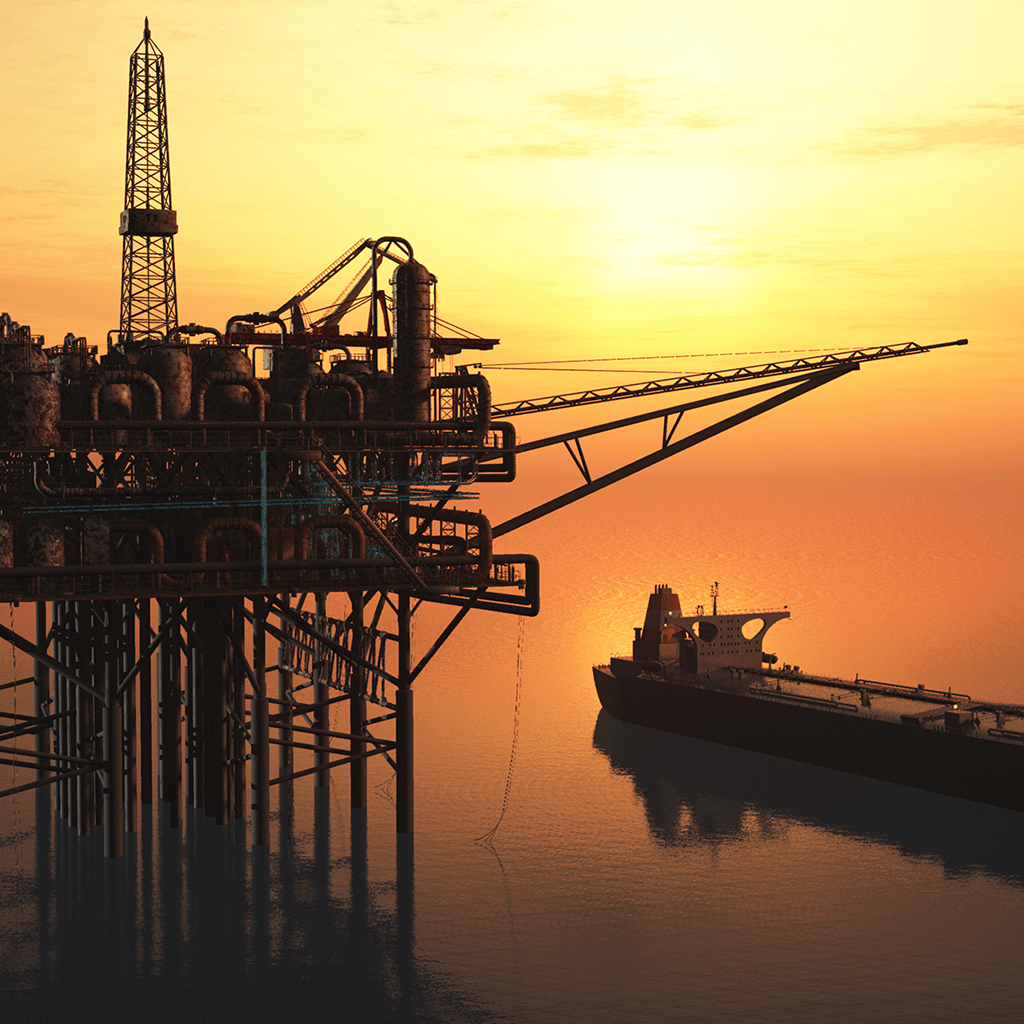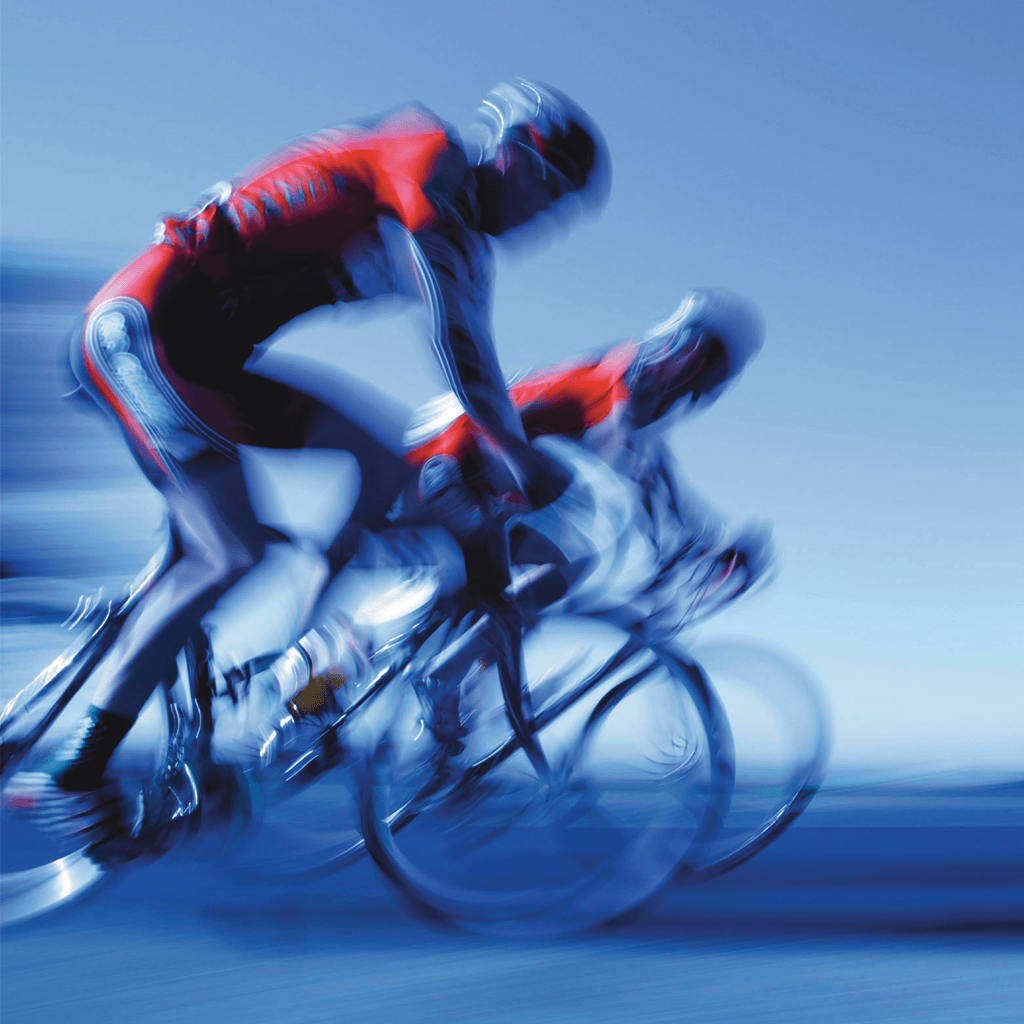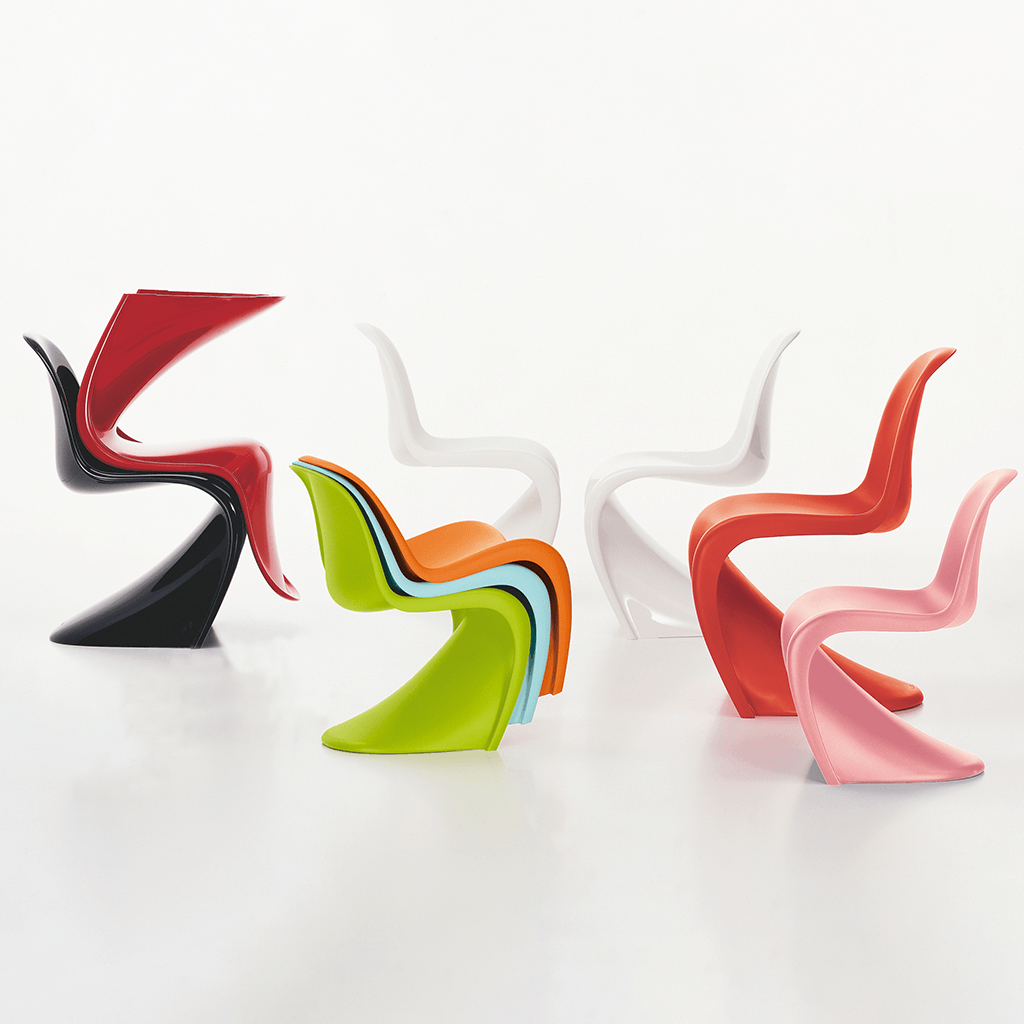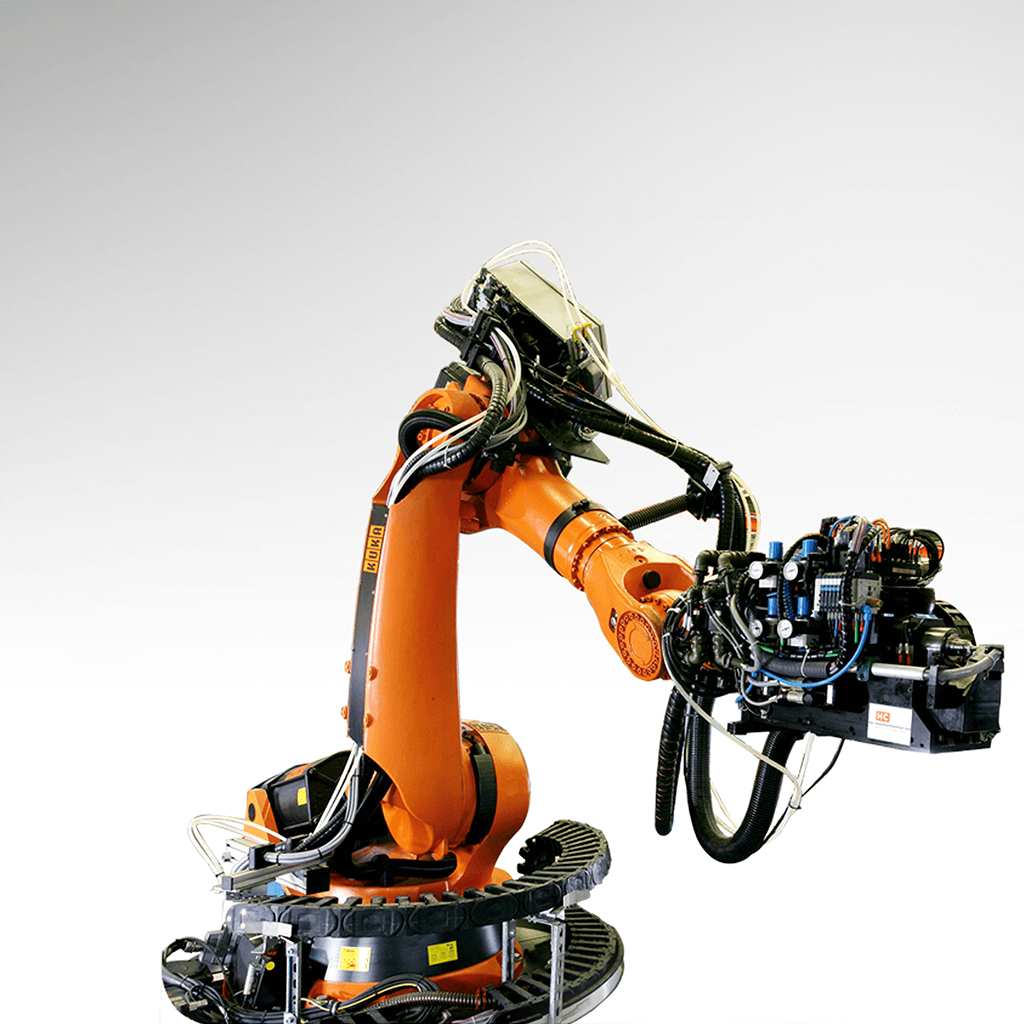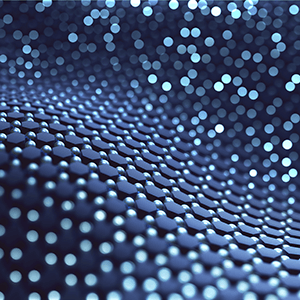Introducing COAST: Composite Optical Automated Surface Tracking
Fives introduces groundbreaking COAST technology, revolutionizing automated fibre placement.

Fives, a global leader in industrial engineering solutions, is proud to announce the launch of its innovative In-Process Composite Inspection technology, “COAST: Composite Optical Automated Surface Tracking.” COAST represents a significant breakthrough in the field of Automated Fibre Placement (AFP) by enabling precise measurement and defect detection on contoured composite surfaces.
COAST is the world’s first composite measurement technology proven to be statistically capable of measuring process defects in Automated Fibre Placement, including gaps, twists, tow end placement, and missing tows, on complex contoured surfaces.
This cutting-edge technology leverages Optical Coherence Tomography (OCT), a laser-based technology adapted from the medical industry, to create highly accurate surface profiles during the AFP manufacturing process. These surface measurements are seamlessly integrated with machine position data, computer-aided manufacturing (CAM) data, and advanced computer vision algorithms to detect process defects in real time.
Automated Fibre Placement involves intricate mechanical processes, making it susceptible to variations. With components such as rotating mandrels, malleable materials, heavy end effectors, and multiple axes of motion, continuous monitoring is essential to ensure that AFP products meet design specifications.
While existing technologies like Line Laser Triangulation (LLT) have shown promise for planar composite surfaces, they fall short when it comes to detecting defects on contoured surfaces. COAST bridges this gap by introducing OCT technology to composites, maintaining superior signal quality even as AFP machine heads rotate to fabricate contours.
One of the standout advantages of In-Process Inspection technology is evident in the signal quality comparison during machine head rotation. When an AFP machine head rotates 20 degrees to create a contour, the LLT signal degrades from 100% quality to 78%, whereas the OCT signal only degrades from 99% to 95%. This signal quality difference becomes more significant with increased machine head rotation, demonstrating the superior performance of COAST.
The precise 3D point cloud generated by COAST serves as input for defect detection algorithms, enabling AFP manufacturers to monitor process variability and identify the probability and location of material defects like never before.
Before the introduction of COAST, manual inspection was the industry standard for composite quality control. While effective, manual inspection relied on human operators and lacked the ability to capture detailed data over extended periods, introducing additional variability into the manufacturing process.
COAST addresses these limitations by automating data collection and quality analysis throughout the part’s lifecycle. In the design phase, designers receive instant, detailed feedback on prototypes produced by AFP machines, facilitating rapid iterations and optimal parameter discovery. During production, manufacturing engineers gain continuous feedback on surface quality and defect locations, ensuring the health of their process.

